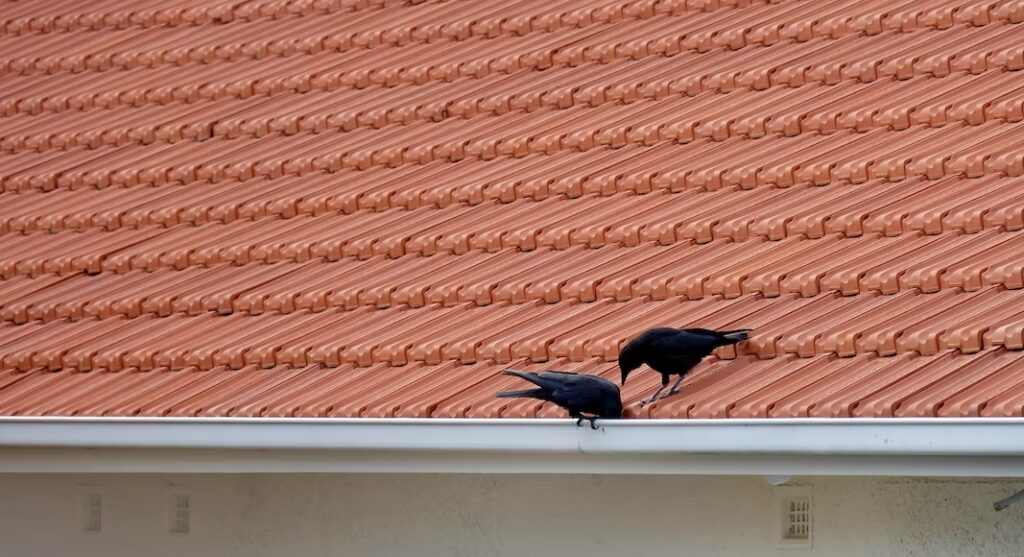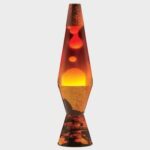Many people like watching birds fly over their backyards or surrounding property. Having bird babies around can also be entertaining, but not if their parents have made a nest in our downspouts.
The nests clog the downspouts, and the blockage can be challenging and occasionally expensive to clear. You know how crucial it is to maintain the cleanliness of your downspout, but how can you prevent birds from constructing nests in this unfavorable location?
How to Keep Birds From Nesting on Downspouts
Aluminum Gutter Covers
Having aluminum gutter covers is a long-term solution to your bird problem. As their name already suggests, these covers are placed over the gutters. This way, the birds can not access the gutters, which means that they can not also build their nests in the downspout.
The covers will also deter twigs and other trash from getting into the gutter and ending up in the downspout.
Decoys
Another approach to stopping smaller birds from nesting in your downspout is to add a terror inducer (such as a fake bird prey) on your roof. The drawbacks to this approach include that many homeowners organizations forbid them and that they are not particularly beautiful.
Hardware Cloth
Hardware cloth is also referred to as steel mesh. The cloth works similarly to the aluminum gutter covers. However, the cloth is cheaper than the aluminum gutter covers but isn’t as beautiful and high-quality.
Bird Repellent
This granule, gel, or spray repellent scent can be sensed by many birds, which makes them uneasy about the area and tempts them to find another place to build their nest. You might need to reapply the repellent on your downspout more than once if your area has many bird species, which translates to an extended breeding season.
Trap and Relocate
Although you might think this is humane, preventing birds from building nests in your downspout using this technique takes a lot of work. The trap needs to be set, baited and checked frequently. Once you have a bird, you must release it and cross your fingers that it won’t return. This may be among the least effective ways to discourage birds.
Snakes Made of Rubber
Find a few rubber snakes in your child’s toy box by looking through it. Like the decoy, the birds will perceive the snake as a threat to their young chicks and flee the area.
You’ll need numerous strategically placed rubber snakes along the roof’s edge, and you’ll need to find out how to fasten them to prevent them from falling into the downspout during an intense downpour and clogging it.
Sound Engineering
There are numerous sound-deterring choices available, including predator sounds and high-frequency sounds. Humans cannot hear high-frequency sounds, but they can hear predator sounds, and your neighbors may be bothered.
To cover the entire gutter system, you’ll need speakers installed strategically next to your gutters and the downspouts.
Due to the need for extensive installation and maintenance, this can be one of the more expensive approaches.
Get Rid of Dormant Nests
Birds build their nests more in places where there have been nests before.
To prevent birds from nesting in your spout again, remove the inactive nests by hand. However, remember that you should only do this when the bleeding season is over to avoid conflict with the authorities. Also, ensure that you wear a mask and gloves with sleeves when carrying out the activity.
Complete Downspout Cleaning
Debris attracts birds, provides them with materials for nest construction, and houses insects that serve as their primary food source.
Using a plastic scoop or spatula, completely clean the area after removing all the leaves and dirt. To help you with the process, you can enlist a professional.
Attack Spider
Attack Spider is a humorous infomercial-style device that solves a bird problem. Because more giant spiders prey on little birds and their eggs, birds are scared of them.
The big fake spider is mounted on an 18-inch rope that senses motion. The spider descends the wire and frightens the bird when the motion detector goes off.
For this method, you’ll need multiple flat surfaces around your property where you may install it, ideally above your gutters.
Why Do Birds Nest on Downspouts?
Below are some of the reasons why birds build their nests in the downspouts:
Safety. For the safety of their hatchlings and protection from predators, birds prefer concealed areas.
Shelter. The downspout ensures that the birds’ nests are hidden from potential dangers. This assures the parent birds that their hatchlings will remain safe when they are not around.
Fewer Tasks. Some birds, including house sparrows, use roof drainages or hollows to build their nests. They could need some lining, but that is less work than building a nest from scratch.
Food Supply. Birds eat insects for food. An optimal environment for insects to flourish is created by tightly packed leaves and humidity in the drainage.
Why Should You be Worried by the Birds Building Their Nest in the Downspout?
Water from the roof is directed to various home areas via efficient downspouts. If birds build their nests in these downspouts, it can lead to serious harm, as discussed below:
Health hazard: Some birds carry dangerous parasites such as mites. Even after the birds are gone or die, the parasites continue to live and thrive in poor conditions. If you come into contact with the parasites, they pose a threat to infectious diseases.
Additionally, airborne infections like Cryptococcosis are known to spread through birds like pigeons.
Bird Waste: The bird’s dropping is unattractive, and also, because of its acidity, it accelerates metal corrosion, damaging drainage systems permanently.
Clogging: Birds block downspouts by building nests out of twigs, feathers, dirt, and other detritus. The obstruction of the water by the blockage causes flooding problems and causes the fascia board and other wooden parts of your roof to rot.
Because of the spilled water and the blocked drainage, clogging can also cause exterior moisture damage to your home.


